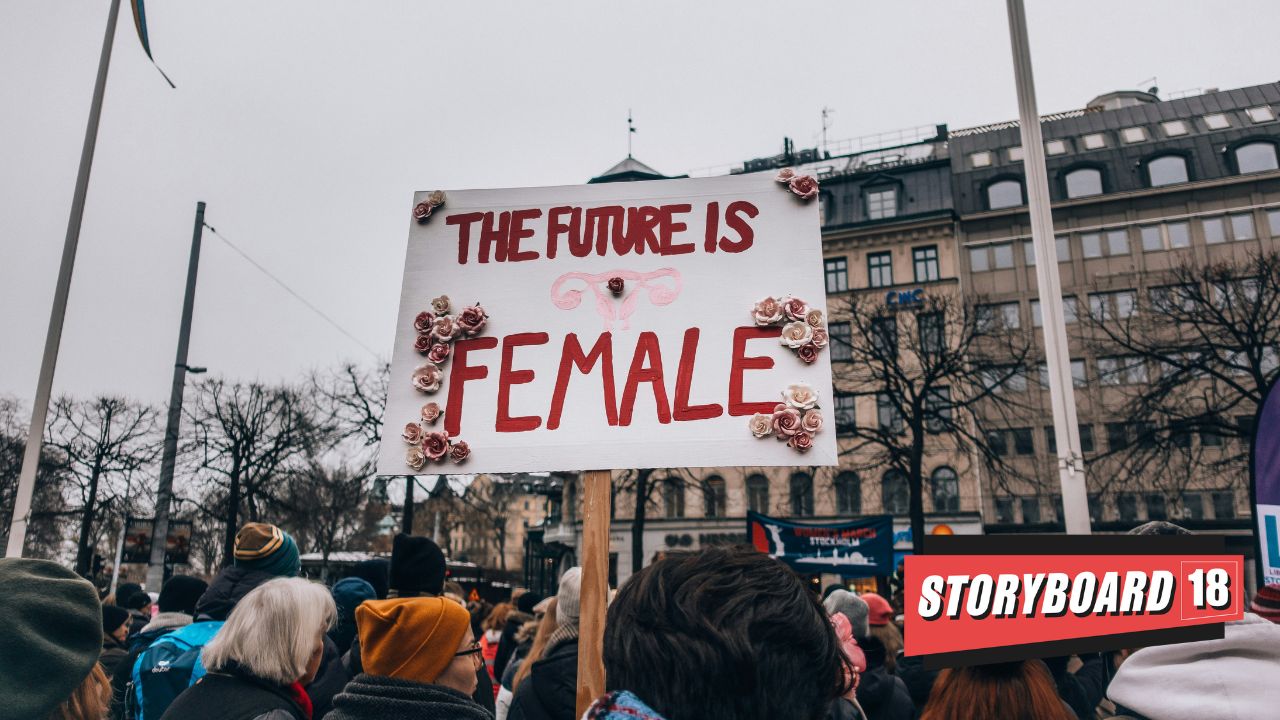From the perspective of diversity and inclusiveness, with gender being most basic dimension, seven broad patterns emerge in the report “Mainstreaming Diversity & Inclusiveness in Indian Advertising” by The Advertising Standards Council of India (ASCI) and the UN Women Convened Unstereotype Alliance (UA) developed in partnership with Kantar.
No representation of women: They are not a part of the narrative; or in some cases, they are used as background props.
Regressive codes: There is low representation of women in the ads with low control over their lives and the narrative. Such ads portray negative stereotypes around women patronizing them, objectifying the body, and using them for the male gaze. Showcasing them as uninformed, helpless, and ignorant characters.
From the perspective of diversity and inclusiveness, with gender being most basic dimension, seven broad patterns emerge –
Status quo codes: There is equal representation of women, however, they do not own the narrative. The story is from the point of view of the family or child, lacks perspective and agency. Not a regressive portrayal of women, but in traditional roles and characters.
Ex- associated with the kitchen, worrying about the child, taking care of the house.
Status quo codes but moving towards progress: Narratives which have equal representation of women. They own the narrative and characterization is content
and contemporary. While her physical appearance and tonality cues progressiveness, stories do not have progressive outlook.
New normal Slice of Life: Narratives celebrating the new normal slice of life. Exchange of traditional gender roles rejecting a more progressive theme. It brings in a fresh perspective. Most advertisements are from the woman’s point of view, and they are shown to have control over their lives. They have strong and meaningful character portrayal.
Firebrand/Progressive codes: Challenge regressive / conventional values and behaviors. They provoke conversations and encourage new behaviors.
Beyond gender codes: Social change conversations around humanitarian issues which move beyond gender portrayal. They speak about inclusion, a larger social cause and challenging the regressive and stereotypical cultural and religious norms which still exist.
In the recent years, there is a rise in advertisements that normalize positive gender roles for men and women. One sees men engaging in activities such as washing utensils, doing laundry, and in the kitchen. Moving ahead from rising questions on sharing the load, brands have started to celebrate the progressive gender roles and portrayals. We see women advocating technology and financial products & services, automobiles and asserting their agency. And all these without fuss.
Out of 186 new ads released on TV in the month of October that featured women, nearly every other ad featured them in a progressive narrative where they were in control of the narrative, and/or part of stories that celebrated the new normal slice of life wherein roles within a home are gender agnostic.
